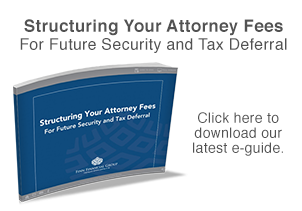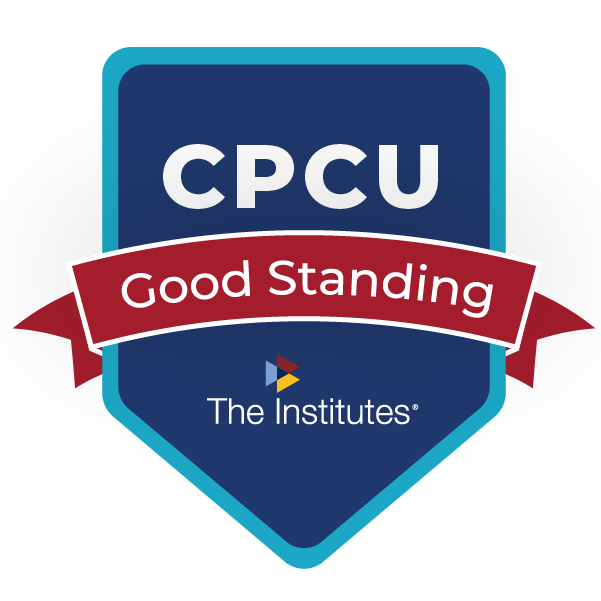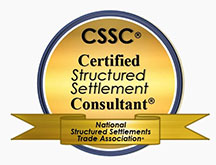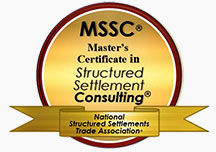Structured Settlements: Post-Verdict Negotiations
Fourth in a series of blog posts dedicated to helping clients decide when a structured settlement should be considered.

Today’s Installment: Post-Verdict Negotiations
May 15, 2019 – When personal injury lawsuits are adjudicated, it’s a safe bet that one side or the other will be displeased with the end result. Usually it’s just a matter of degrees of disappointment.
Once the jury renders its decision – whether a defense verdict, one of the “runaway” variety in favor of the plaintiff, or somewhere in between – litigation participants have few choices about what happens next regardless of which side of the v. they stand.
They can accept the verdict, appeal it, or seek to compromise the decision.
In all but a few rare instances, a structured settlement can be a powerful, if underused, tool at this phase. Yet surprisingly, many claims professionals and attorneys (plaintiff and defense) alike incorrectly assume that a structured settlement is not possible once a verdict is rendered.
While it is true that a final judgment with no appealable issues triggers constructive receipt and therefore cannot be structured, in most cases structured settlements are not only possible but quite useful following a trial.
Constructive Receipt
One of the keys to whether or not an individual has forfeited the opportunity to structure a settlement or verdict lies within the doctrine of constructive receipt.
26 CFR § 1.451-2 outlines the rules and requirements for constructive receipt. Tax triggers occur whenever a taxpayer has an unfettered right to funds. A taxpayer need not be in actual possession of funds in order for them to owe taxes on money that is otherwise taxable (or, to remain eligible for a structured settlement where tax-free funds are being paid). They merely need to be able to access them if they wanted.
The “substantial limitation” of an unsettled lawsuit under appeal consideration with no settlement documents yet executed opens the door for structured settlement consideration.
Risk Mitigation
For the same reason structured settlements are useful in pre-trial settlement negotiations, they can also be helpful once a verdict is reached regardless of which side the verdict favors.
Because either party will usually be in a position to consider their appeal options post-verdict, any tool that can help them avoid the additional time, expense and risk associated with another trial will be welcome.
A structured settlement can help increase the overall value of the verdict at no additional cost to either party. This can be welcome news for plaintiffs who feel the jurors misjudged their case and awarded too little.
For the defense, it may allow them to resolve a claim for its verdict value by guaranteeing more total dollars to the plaintiff (albeit over time) thereby lessening their motivation to appeal.
Punitive Damages
When they appear in a verdict sheet, punitive damages offer a unique opportunity for structured settlement usage.
Because they are fully taxable, punitive damages paid as a single lump sum can significantly dilute the overall net value of any verdict for the plaintiff.
But by utilizing a nonphysical injury structured settlement and spreading damages (and the accompanying tax liability) out over time, it is entirely possible for the defense to pay less than the verdict while increasing the amount of money the plaintiff puts in their pocket due to the reduction in taxes owed.
NOTE: This topic will be covered in greater detail in a future blog post.
Pre-or-post-verdict, a structured settlement is one of the best tools litigants have to increase the overall value of whatever money is in play. When verdicts are the result of a personal, physical injury, structured settlements can enhance the overall value of the outcome at no additional cost for either party and should be explored.
Posted: May 15, 2019 | by dan | Category: Articles, Blog, Structured Settlements | Tags: litigation, post-verdict stuctured settlements, structured settlements

















